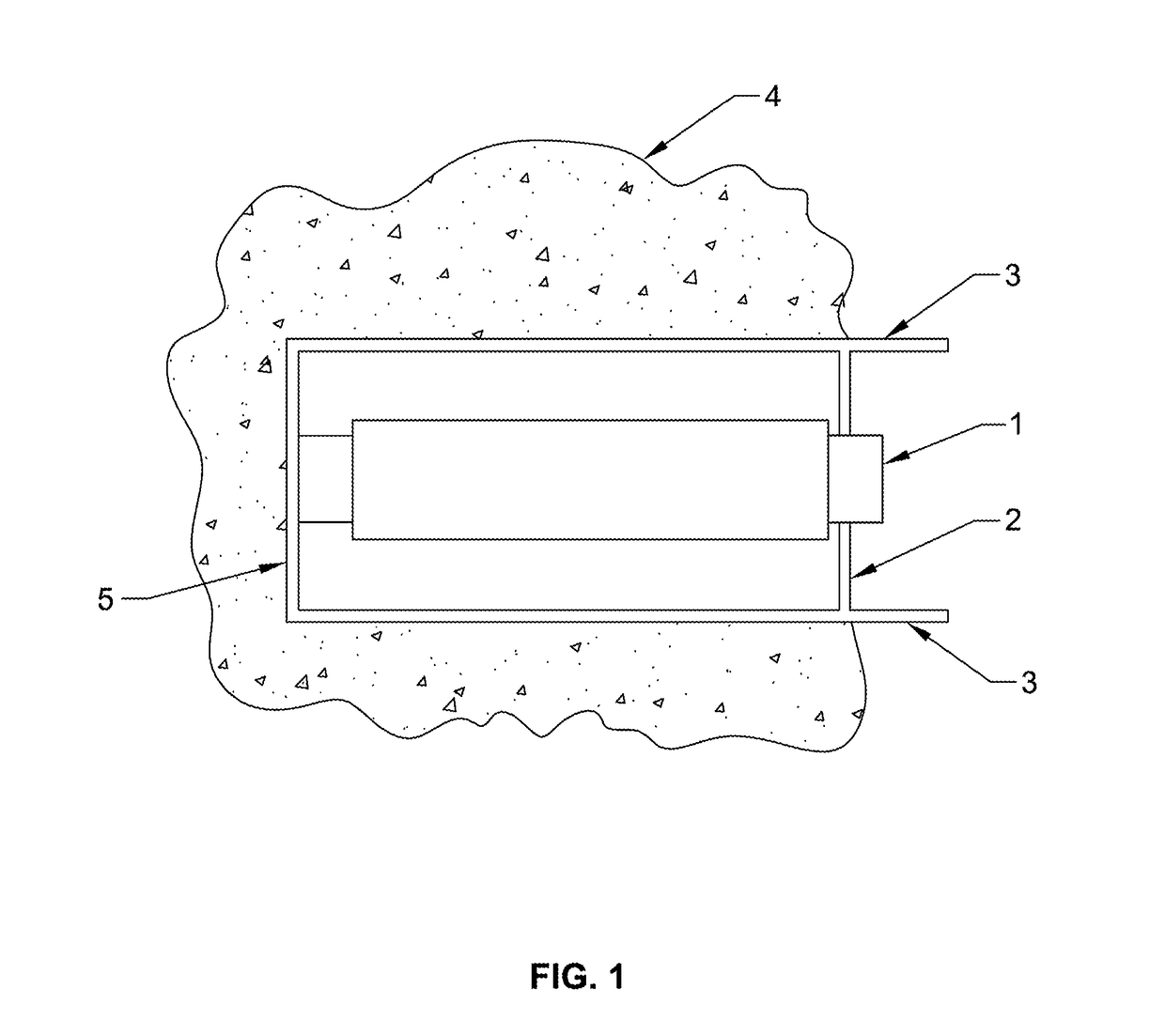Interplanetary spacecraft
a spacecraft and interplanetary technology, applied in the field of human-crewed spacecraft, can solve the problems of affecting the ability of the crew to make decisions, threatening the safety and success of the mission, and inadequate protection, so as to increase the speed of assembly, reduce the risk of damage, and reduce the effect of radiation shielding
- Summary
- Abstract
- Description
- Claims
- Application Information
AI Technical Summary
Benefits of technology
Problems solved by technology
Method used
Image
Examples
Embodiment Construction
1. Definition
[0063]The American Heritage Science Dictionary defines “Lagrangian Point” as “A point in space where a small body with negligible mass under the gravitational influence of two large bodies will remain at rest relative to the larger ones. In a system consisting of two large bodies (such as the Sun-Earth system or the Moon-Earth system), there are five Lagrangian points (L1 through L5). Knowledge of these points is useful in deciding where to position orbiting bodies” (http: / / www.dictionary.com / browse / Lagrangian-point accessed May 24, 2017).
2. Best Mode of the Invention
[0064]FIG. 8 shows a top view of the fully-assembled spacecraft with channeled shielding curtains attached to the truss structure. FIG. 11 is a top view of the robotic arms mating the command module and docking and airlock node to the propulsion module to form a Crew-Return Vehicle, and the remaining modules, support members, trusses, nodes, landers, and robotic arms that will remain at the destination orbi...
PUM
 Login to View More
Login to View More Abstract
Description
Claims
Application Information
 Login to View More
Login to View More - R&D
- Intellectual Property
- Life Sciences
- Materials
- Tech Scout
- Unparalleled Data Quality
- Higher Quality Content
- 60% Fewer Hallucinations
Browse by: Latest US Patents, China's latest patents, Technical Efficacy Thesaurus, Application Domain, Technology Topic, Popular Technical Reports.
© 2025 PatSnap. All rights reserved.Legal|Privacy policy|Modern Slavery Act Transparency Statement|Sitemap|About US| Contact US: help@patsnap.com



